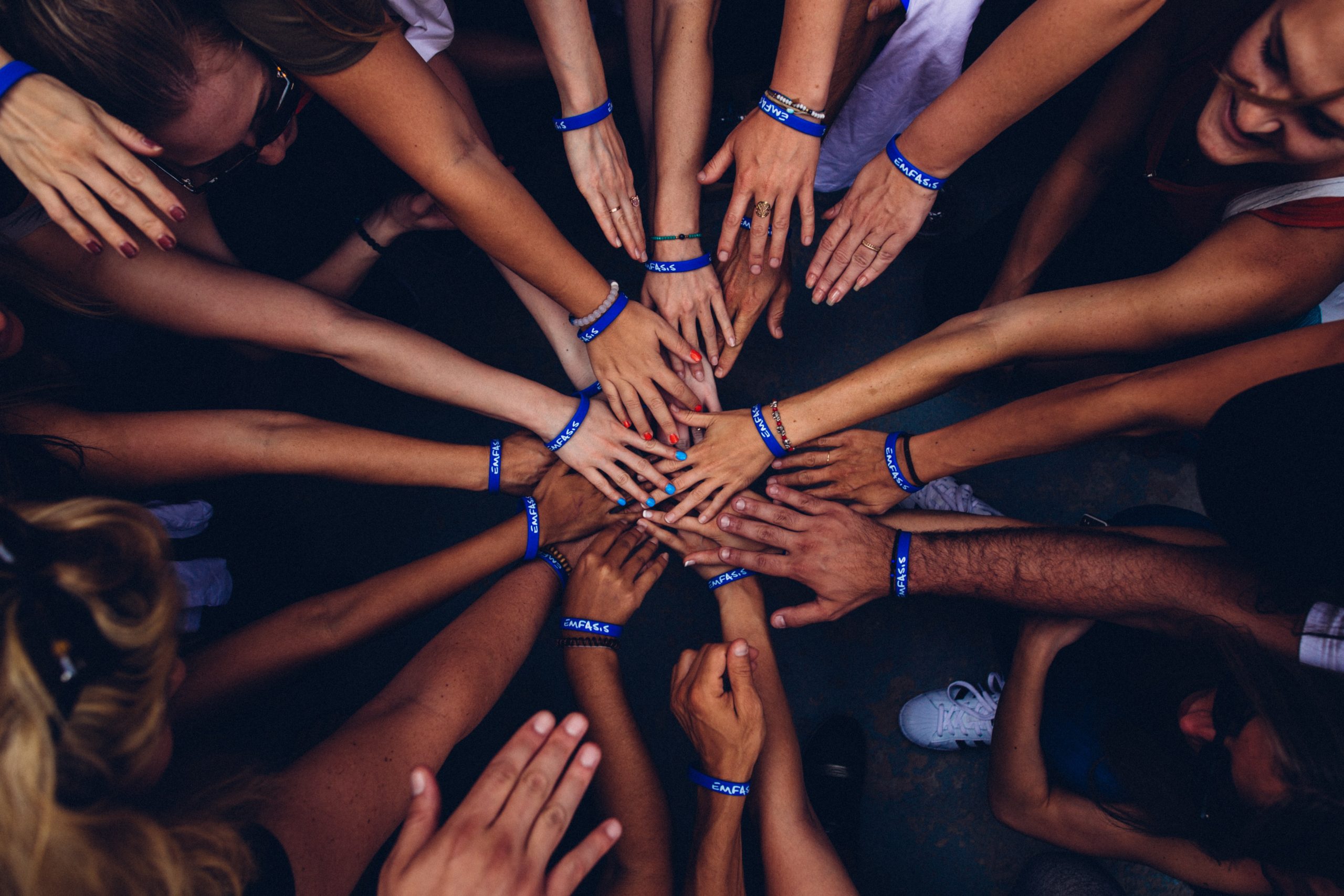With a professional career in the behavioral health/social services and having pursued therapy in my personal life, I’ve been exposed to the Myers-Briggs Type Indicator® (MBTI®) personality test. According to the web site, “the purpose of the Myers-Briggs Type Indicator® (MBTI®) personality inventory is to make the theory of psychological types described by C. G. Jung understandable and useful in people’s lives. The essence of the theory is that much seemingly random variation in the behavior is actually quite orderly and consistent, being due to basic differences in the ways individuals prefer to use their perception and judgment.”
Using Jung’s theory, the test identifies and describes 16 distinctive personality types that use four specific quadrants; world focus, Extraversion (E) or Introversion (I); information processing , Sensing (S) or Intuition (N); priorities in decision making, Thinking (T) or Feeling (F); and structure in decision making, Judging (J) or Perceiving (P). Your preferred tendency in each category constructs your own personality type, which can be expressed in a code found here.
I am a lover of any kind of test although I have sworn off the Facebook tests about how southern I am or how good or well my grammar is. Therefore, I’ve taken the full-blown Myers Briggs test and several truncated versions I found online, each with the same or close results. INFJ (Introversion, Intuitive, Feeling and Judging) when I think about my personal life choices or INTJ (Introversion, Intuitive, Thinking and Judging) if I take it with work decisions in mind. And both personality types are right on the mark. That is who I am. None of the personality types are any better than the others, but they are great information for self-awareness, provide a good understanding of your world view and show how you process information and make decisions.
No matter what version I take, I am an introvert. While I get my energy from introspection and quiet time, that doesn’t mean I don’t like being around people. But my preference is toward more solitary activities such as painting, reading, gardening and running. When I entered recovery, the idea of being around a lot of people was difficult, particularly since I was at the lowest point of my life.
Talking honestly about how I was feeling was new, it left me exposed and vulnerable. I repeatedly heard the suggestion of finding women whose lives, words and actions were what I wanted in my life. Then, after finding them, go hang out with them, talk to them, go to coffee and socialize. At times, I felt like driving bamboo under my fingernails would be less painful. I did it anyway. Taking that huge step out of my comfort zone and trusting the process has changed my life forever.
So, 29 years later as I am writing these blogs, a recurrent theme weaves its way through my words, expressing gratitude for the women I allowed into my life. They saved me, they loved me when I felt unlovable. No matter what secrets I’d been holding onto, when I finally exposed them, they never abandoned me. Those women continued to tell me it would be okay since they knew right where I was.
Each woman had been there on their own journey. It was a slow process, one that involved sharing a little bit and seeing what happened with the information. I shared more as that foundation of trust was built. Through repeated steps I developed an inner circle of women that became my lifeline. These ladies weren’t shy about telling me what I needed to hear but they spoke with love as their foundation. They are still my dear friends today. And still aren’t shy about telling me what I need to hear!
The 12 step-recovery community has shown for decades that peer support is a key component of successful recovery oriented living. The larger recovery community is now joining the bandwagon. There are peers for persons recovering from mental illness, substance use disorder and veteran’s issues.
Living in recovery might be possible when attempted on your own but it’s not probable. For me, having a loving, supportive group of people that guided me on my path was a vital component. Recovery is a “we” adventure, you do not have to go alone. If you are beginning your recovery journey, find people that are “trudging the happy road of destiny” and go with them. Get a “gang”, find people you relate to. If you are interested in a Plaid for Women Local Circle that focuses on behavioral health and recovery, let me know by e-mailing me at JulieMc1224@outlook.com. More information will be forthcoming.










